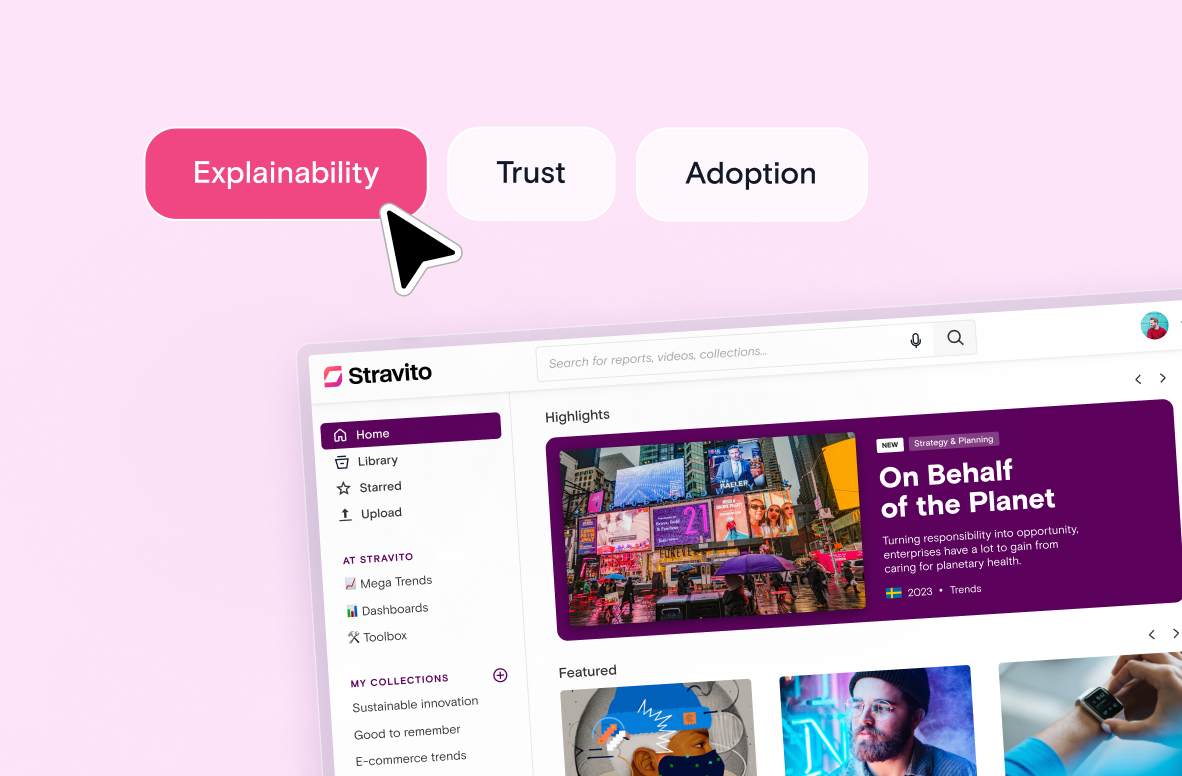Step 1: Take inventory
Encourage your team to pay attention to how they are storing and sharing information. Ask yourselves:
Are we sharing information… Are we storing information…
-via email? -in our inboxes?
-via an instant messenger like Slack? -in a cloud-based storage drive like Sharepoint?
-in an intranet system or local folders?
Step 2: Make a directory
Create a single, living document where you can keep track of the topics and research you’ve commissioned. This will give you a quick overview of what you have.
Encourage everyone to set aside 30 minutes a week to make sure they maintain it. Making it a group effort will reduce the burden on any one person.
Step 3: Decide on a plan
Agree on common ways for storing and sharing this information. It’s important to communicate expectations clearly.
By reducing the number of locations and channels involved and clarifying which ones are appropriate, it will be easier to find information and thus keep an understanding of what you have.
Step 4: Create a template
Agree on standard conventions for naming files. Keep it simple and accessible to everyone. For example, ask yourselves:
-How should we include a time/date reference?
-Do we want to include the agency?
-Do we want to include the report’s full name?
By making sure that everyone uses the same method for file naming, it will be easier to know what to look for.
Step 5: Ideate
Once you have a deeper understanding of what you have, try to figure out what you don’t. Hold a monthly ideation session where you can go over your collective understanding of your customers.
Try to make this effort cross-functional so that you can get perspective from all different stages of your customer journey.
Step 6: Innovate
Are there products, demographics, or markets with several similarities? Take note of this and apply existing research in different areas when you need to make a decision in a pinch.
Treat it as an informal, in-house experiment, and decide on what your independent variables will be. Monitor, learn, and iterate.




